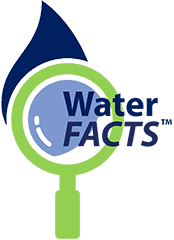As a water treater entrusted with ensuring the efficiency and reliability of cooling towers, it is paramount to navigate the intricacies of water treatment systems. Cooling towers, vital components in industrial and commercial HVAC setups, excel at heat rejection, but the perpetual recirculation of water within them poses challenges such as impurity accumulation, corrosion, and microbial growth.
